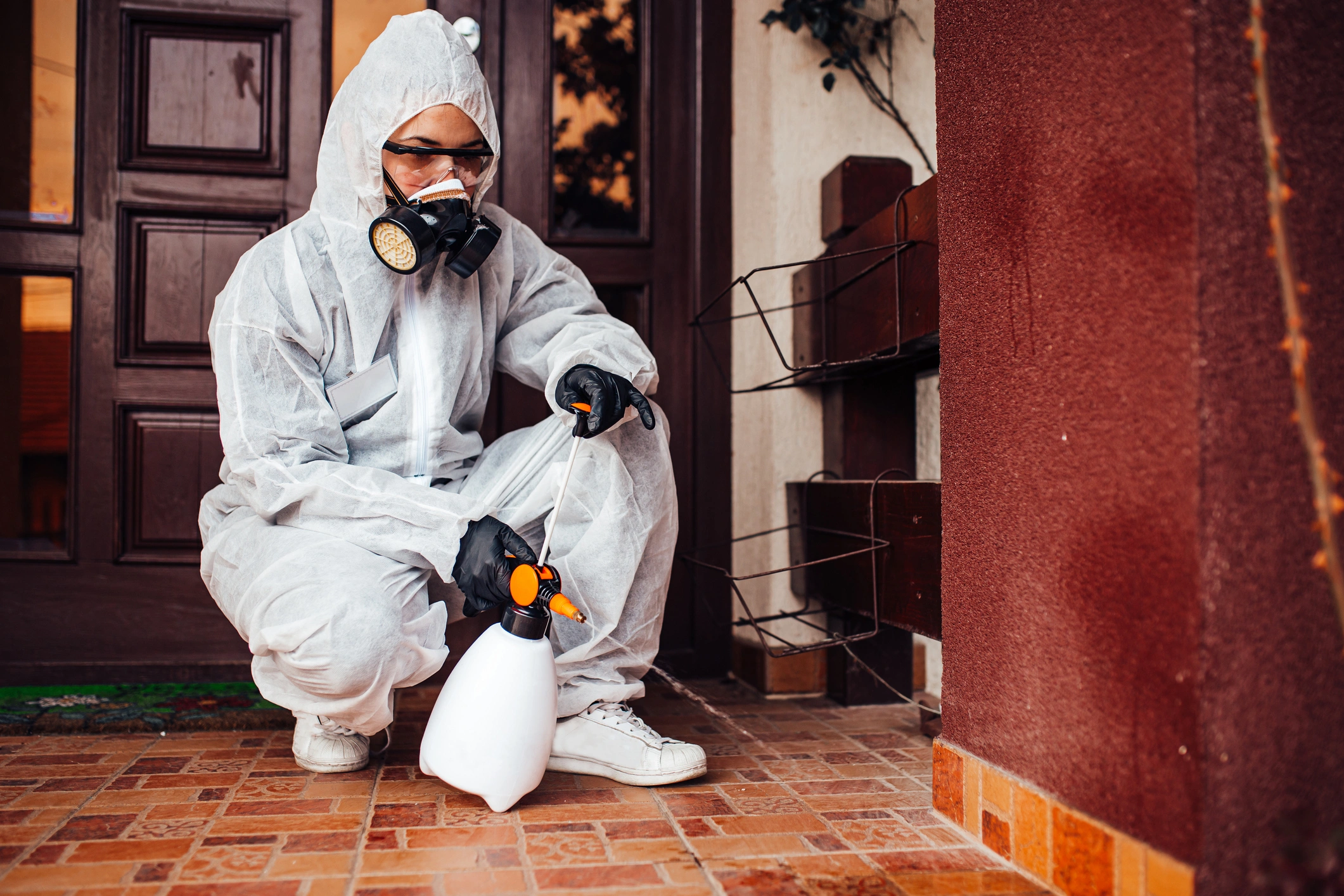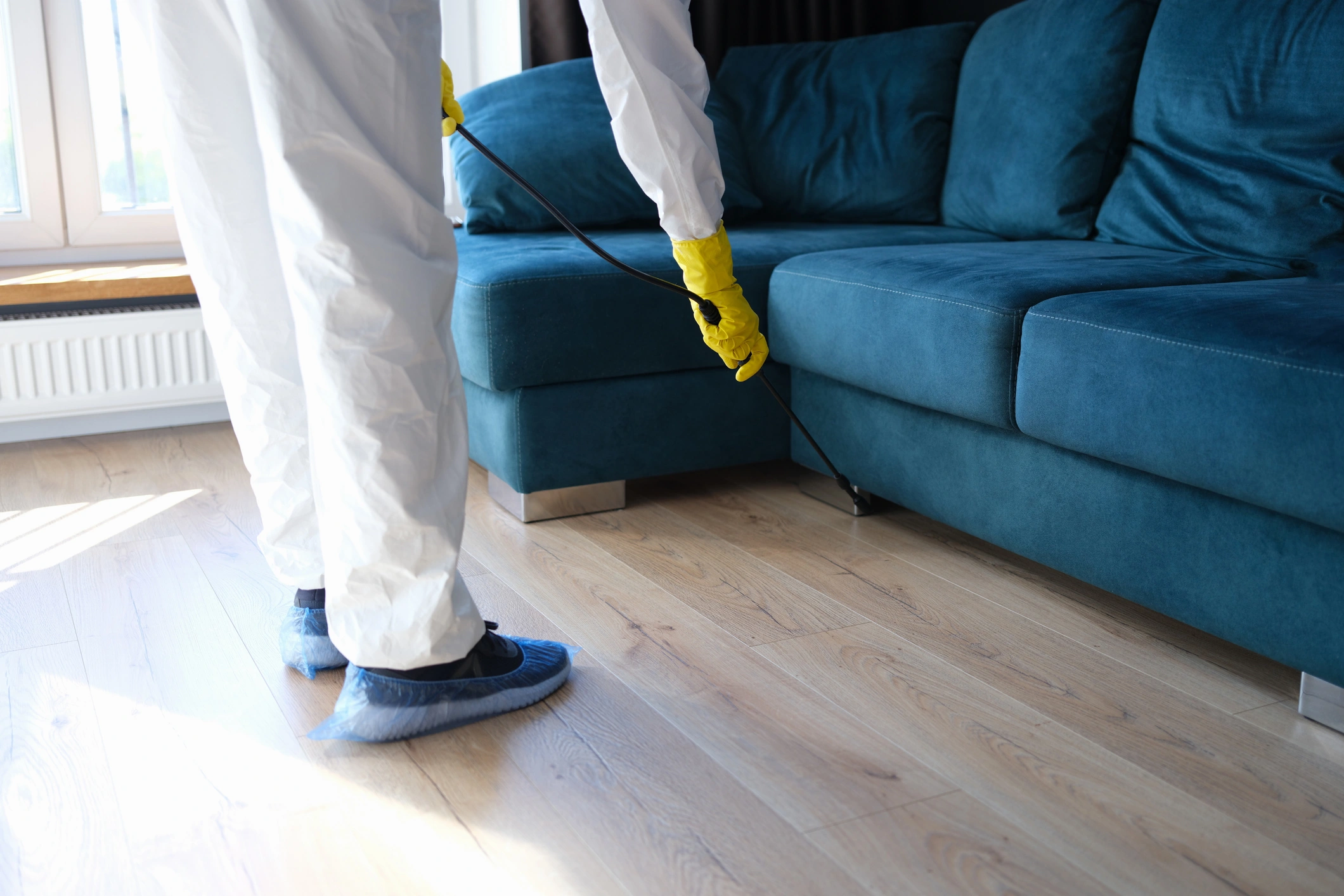

Termite Treatment in Redland, TX
Termite treatment in Redland, TX by Spot On Pest Control, LLC. We eliminate active colonies and protect your foundation—book your inspection & treatment.

Termite Treatment in Redland, TX
Termites are one of the most destructive pests for homes in Redland, TX. Warm, humid conditions and seasonal rainfall make this region especially favorable to subterranean and drywood termite activity. If you suspect activity near foundations, inside walls, or under flooring, a prompt, professional termite inspection and treatment plan focused on colony elimination and long-term prevention is essential to protect your home and investment.
Common termite types and issues in Redland, TX
Understanding which termites are active locally helps shape the right termite treatment in Redland, TX.
- Subterranean termites (most common): Build soil-connected mud tubes and attack wood in contact with the ground. They are the main cause of structural damage in the area.
- Drywood termites: Found in dry wood above ground such as attic framing, fascia, or wooden furniture. Infestations may require localized or whole-structure treatments.
- Formosan-like colonies: In coastal and southeast Texas, aggressive Formosan or Formosan-like colonies can appear; they form large colonies and can cause rapid structural damage.
Common issues in Redland homes:
- Mud tubes along foundation walls, piers, or crawlspace supports
- Hollow-sounding wood, sagging floors, or loose trim
- Swarmers (winged termites) in spring and summer inside homes
- Hidden damage in slab or pier-and-beam foundations due to soil activity

Inspection protocols for Redland homes
A thorough, professional inspection is the foundation of effective termite treatment in Redland, TX. Inspections should be systematic and documented.
- Exterior inspection: Check foundation perimeter, siding, eaves, porches, and soil grading for mud tubes, wood-to-soil contact, and conducive conditions.
- Interior inspection: Examine crawlspaces, basements, attics, closets, and exposed framing for visible damage, frass, or winged termites.
- Use tools: Moisture meters, bore scopes, and flashlights help find hidden activity; baiting stations may be installed during the inspection to monitor active foraging.
- Risk assessment: Inspect landscaping, irrigation, mulch, drainage, and utility entries that create pathways or moisture that attract termites.
- Written report: A clear report should include findings, damage assessment, recommended treatment options, estimated timelines, and post-treatment monitoring suggestions.
Treatment types and how they work
Termite treatment in Redland, TX typically involves one or more of the following options depending on species, infestation extent, and structure type:
Liquid barrier treatments
- Applied around foundation perimeters and into soil to create a continuous treated zone.
- For slab foundations, technicians rod or trench to place termiticide at the soil-structure interface.
- Effective for subterranean colonies when correctly applied and maintained.
Baiting systems
- Installed around the property to intercept foraging workers and deliver a slow-acting toxicant back to the colony.
- Useful for monitoring and reducing colony populations, with the advantage of lower active ingredient usage in the environment.
- Often paired with liquid barriers for integrated control.
Localized treatments
- Wood treatments, spot injections, or heat treatments for drywood infestations in attics or isolated framing.
- Injection or foaming into galleries and voids where activity is confined.
- Structural fumigation (spot or whole-structure)
- Used in severe drywood infestations where localized treatment cannot reach all galleries.
- Less common for subterranean termites because colonies are in the soil.
Colony elimination strategies
Eliminating the colony, not just workers, is the goal. Strategies depend on termite biology and infestation location.
- For subterranean termites: Establish a perimeter treatment and/or baiting network to cut off access to the structure and deliver active ingredients to the colony. Follow-up monitoring helps confirm colony suppression.
- For drywood termites: Use targeted treatment options such as spot insecticide injection, localized heat, or, in extreme cases, tenting fumigation to reach all galleries.
- For large or multiple colonies: A combined approach (liquid barrier plus baiting) is often the most reliable way to secure a Redland home.
Structural damage assessment and repair considerations
A proper termite treatment plan includes assessment of structural damage and practical repair guidance.
- Damage inspection: Identify compromised joists, studs, sills, and decking. Determine load-bearing elements requiring repair or replacement.
- Temporary shoring: In advanced cases, temporary supports may be needed before repairs.
- Repair options: Replace damaged members, sister new framing to existing boards, or reinforce with engineered supports. Keep records of repairs for future warranties.
- Insurance and documentation: Detailed inspection reports and photographs are important for insurance or resale disclosures.
Treatment timelines and warranties
Expect clear timelines and warranty terms as part of pest management for termite treatment in Redland, TX.
- Typical timeline: Initial inspection and treatment planning occur within days; liquid barriers or bait installations are scheduled soon after. Colony elimination timelines vary from weeks to several months depending on colony size and treatment type.
- Follow-up visits: Post-treatment monitoring visits are needed to verify efficacy and re-treat or adjust strategy if activity persists.
- Warranties: Many termite treatments include limited warranties that may cover retreatments and monitoring over a period. Understand what a warranty covers, duration, conditions (e.g., annual inspections), and whether structural repairs are included or excluded.
Post-treatment monitoring and prevention measures
Long-term protection relies on monitoring and reducing conditions that attract termites.
- Regular inspections: Seasonal checks, especially after rainy periods or when landscaping changes, help catch activity early.
- Moisture control: Fix leaks, improve drainage, and keep gutters and downspouts functioning to reduce soil moisture near foundations.
- Eliminate wood-to-soil contact: Maintain a gap between siding, decks, and soil; store firewood away from the house.
- Mulch and landscaping: Use a barrier of gravel near foundations instead of deep mulch; keep shrubs trimmed to promote airflow.
- Foundation maintenance: Seal cracks where utilities penetrate, maintain proper grading, and repair damaged concrete or masonry.
- Monitor bait stations: If a bait system is installed, keep stations accessible for periodic checks.
Why timely termite treatment matters in Redland, TX
Delaying termite treatment increases the risk of widespread, expensive structural damage, especially in a humid climate like Redland where colonies can thrive year-round. Early inspection, a documented treatment plan tailored to the termite species and foundation type, and a commitment to post-treatment monitoring and prevention provide the best path to protect your home and maintain property value. Regular vigilance and integrated strategies reduce the chance of reinfestation and give homeowners confidence their foundation and framing are protected.
Protect Your Investment With Proven Termite Defense
Even a small sign of damage can mean a big problem — termite treatment in Redland, TX from Spot On Pest Control, LLC delivers expert detection, targeted elimination, and ongoing prevention designed for the region’s humid, termite-prone conditions. Our licensed technicians use advanced tools to identify hidden colonies, apply liquid or bait solutions, and protect your foundation from long-term damage. Waiting only gives termites more time to spread — secure your home before costly repairs are needed.
Get Trusted Termite Protection Backed by Local Expertise
Our Services
Our pest control services cover ants, termites, bed bugs, rodents, mosquitoes, and other common pests, with customized solutions for both residential and commercial properties.
.png)






